The Camellia is one of the world’s most admired flowering plants — cherished not only for its stunning ornamental blooms but also for its economic importance in the form of tea leaves and edible oil. This versatile plant genus has a rich cultural history, medicinal uses, and plays a crucial role in several agricultural economies.
But have you ever wondered which country is the largest producer of Camellias in the world? The answer is clear and undisputed: China.
This article will guide you through the story of Camellias, their different uses, global production patterns, and why China holds its position as the global leader in Camellia cultivation.
What Are Camellias?
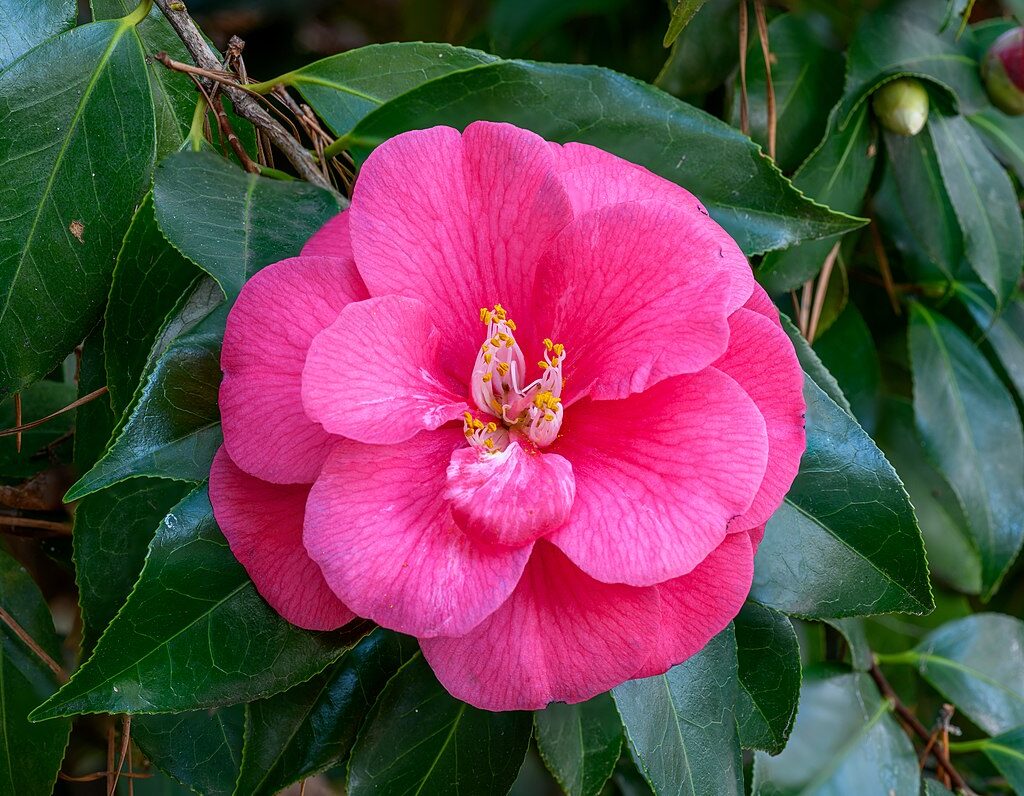
Camellia is a genus of flowering plants in the family Theaceae, native to eastern and southern Asia, particularly China, Japan, Korea, Vietnam, and India. There are around 200–300 species, many of which are grown for their ornamental flowers, while others are cultivated for tea leaves or oil production.
The three most commercially important types of Camellias are:
- Camellia sinensis: The famous tea plant whose leaves and leaf buds are used to produce green, black, white, and oolong teas.
- Camellia oleifera: Grown for its seeds, which produce high-quality edible oil known as Camellia oil or tea seed oil.
- Camellia japonica and Camellia sasanqua: Popular ornamental species prized for their showy, rose-like flowers.
Global Camellia Cultivation
Camellias are cultivated across several countries for various purposes:
- Tea production: China, India, Sri Lanka, Kenya, and Vietnam
- Edible oil production: Primarily China and parts of Japan
- Ornamental purposes: Japan, the United States, the United Kingdom, Italy, Spain, New Zealand, and Australia
While many countries grow Camellias ornamentally, China leads by a vast margin in both commercial and ornamental Camellia cultivation.
Why Is China the Largest Camellia Producer in the World?
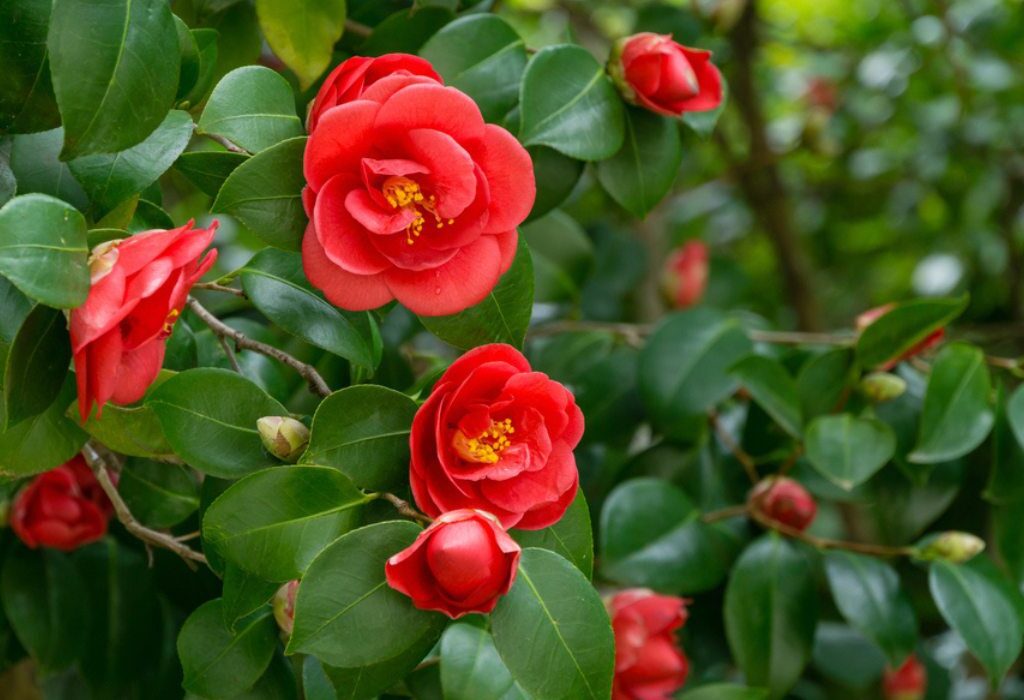
1. Ideal Climate and Geography
China’s mild, subtropical climate with abundant rainfall, acidic soils, and warm temperatures is perfect for cultivating Camellias, especially in regions like:
- Hunan
- Jiangxi
- Guangxi
- Fujian
- Yunnan
These areas provide the right environment for both tea Camellia plantations and oil Camellia farms.
2. Ancient Cultivation Tradition
Camellia cultivation has been practiced in China for over 2,300 years. The country is the birthplace of tea culture and has a long history of using Camellia oil in cooking, medicine, and cosmetics.
The deep-rooted cultural and historical connection ensures the continuous development and refinement of Camellia cultivation techniques.
3. Massive Scale of Production
- Camellia sinensis (Tea Camellia):
China is the world’s largest tea producer and exporter, producing over 3 million metric tons of tea annually. The majority of this tea comes from Camellia sinensis plantations spread across various provinces. - Camellia oleifera (Oil Camellia):
China is also the largest producer of Camellia oil in the world, accounting for over 95% of global production. In recent years, China harvested over 2.6 million tons of Camellia seeds annually, with the government actively promoting the expansion of oil Camellia plantations. - Ornamental Camellias:
China boasts the world’s largest collection of ornamental Camellia varieties, cultivating hundreds of unique species and hybrids for both domestic gardens and export markets.
4. Government Support and Investment
The Chinese government recognizes Camellia as an economically valuable and environmentally sustainable crop. It has invested heavily in:
- Developing high-yield Camellia cultivars
- Expanding plantation areas
- Supporting research institutions
- Promoting Camellia oil and tea consumption domestically and abroad
The official goal is to expand Camellia oil plantations to over 6 million hectares (approx. 14.8 million acres) by 2025.
Uses and Economic Importance of Camellias
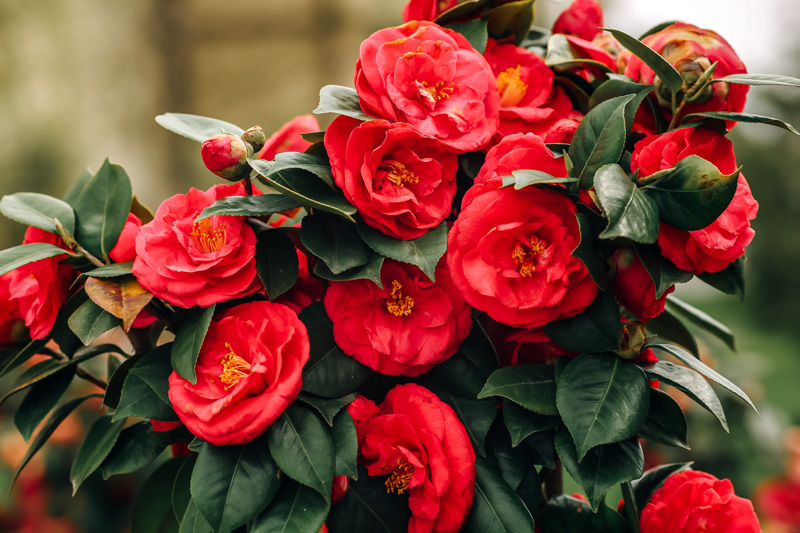
Camellia sinensis (Tea Production)
The leaves of this plant produce:
- Green Tea
- Black Tea
- White Tea
- Oolong Tea
Tea from Camellia sinensis is not only culturally significant in China but also a major agricultural export, contributing billions to the national economy.
Camellia oleifera (Edible Oil)
Camellia oil, also known as tea seed oil, is highly prized for:
- Its light texture
- High antioxidant content
- Being rich in monounsaturated fats (oleic acid)
(similar to olive oil)
It’s commonly used in cooking, skincare, haircare, and traditional medicine.
Ornamental Camellias
China’s diverse Camellia cultivars feature flowers in various shades of red, pink, white, and yellow. They are cultivated for:
- Garden landscaping
- Festival displays
- Export to Europe, America, and Southeast Asia
Other Camellia-Producing Countries
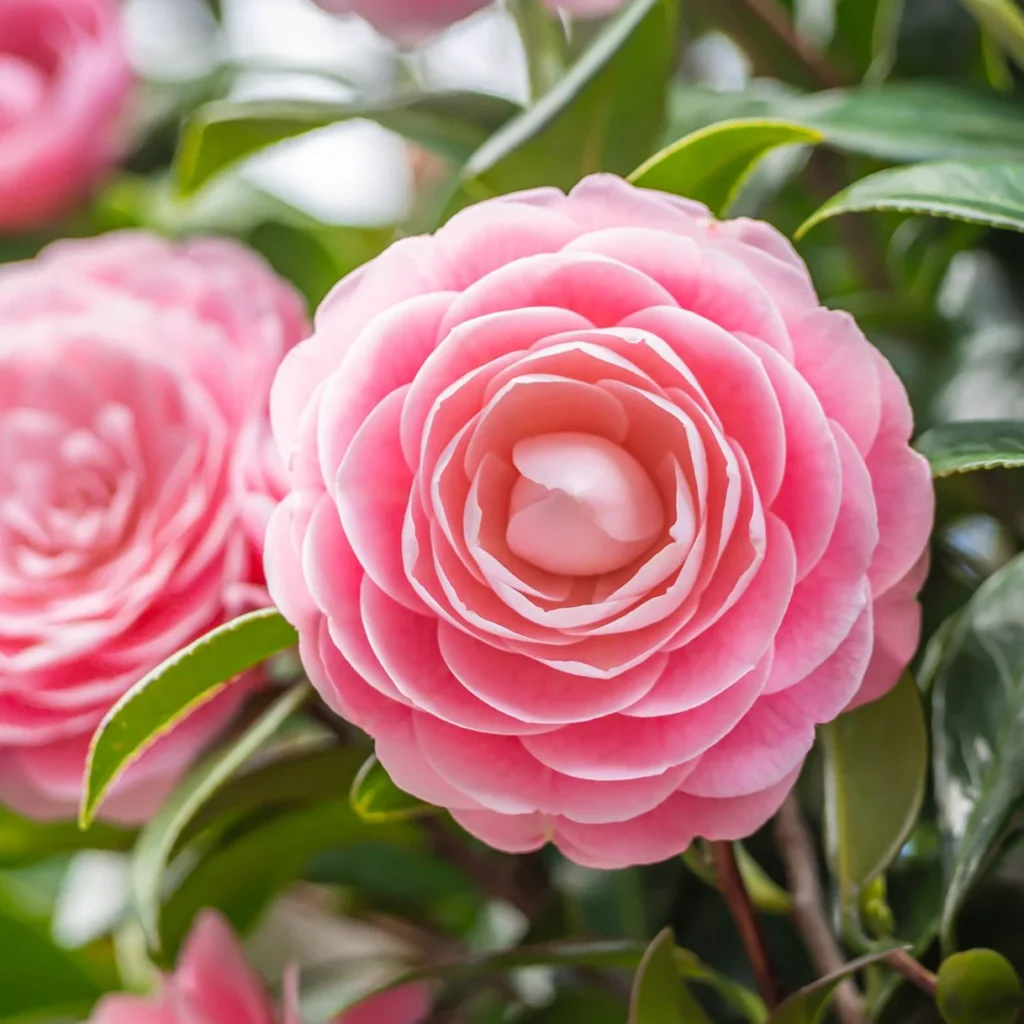
While China dominates, other countries play supporting roles:
Japan
Renowned for cultivating Camellia japonica and Camellia sasanqua, Japan also produces small amounts of tea and Camellia oil. The Camellia is a beloved flower in Japanese culture and features prominently in literature, art, and cosmetics.
India
India is the second-largest tea producer globally, with vast Camellia sinensis plantations in:
- Assam
- Darjeeling
- Nilgiris
Kenya
Kenya ranks among the top five global tea producers, relying heavily on Camellia sinensis plantations for its economy.
Vietnam
A rapidly growing player in the tea market, Vietnam cultivates Camellia sinensis for both domestic use and export.
Challenges Facing Camellia Production
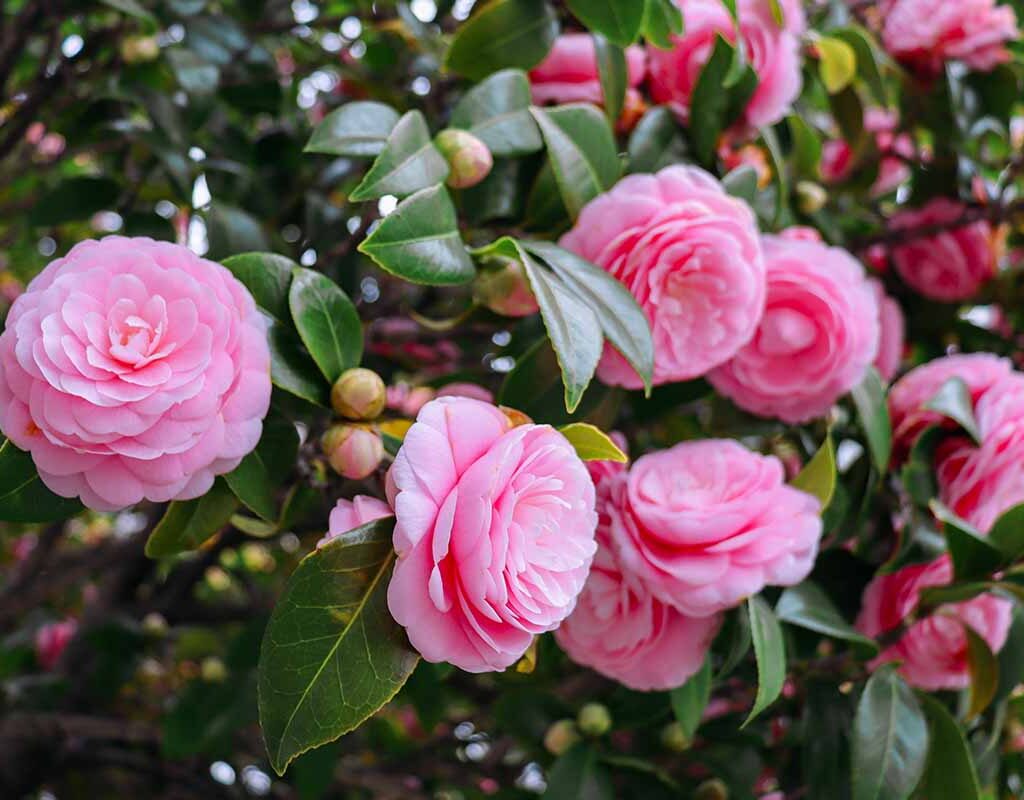
Like any agricultural sector, Camellia cultivation faces its share of challenges:
- Climate change affecting flowering and yield patterns
- Pests and diseases like tea blight and leaf spot
- Market price fluctuations
- Hybridization risks in ornamental Camellia species
China is addressing these with modern breeding programs, integrated pest management, and sustainable farming practices.
Key Production Statistics
| Camellia Product | Leading Producer | Global Share |
|---|---|---|
| Tea (Camellia sinensis) | China | ~35–40% |
| Camellia Oil (Camellia oleifera) | China | ~95% |
| Ornamental Camellias | China, Japan | Majority |
Conclusion
Which country is the largest Camellia producer in the world?
Undoubtedly, China. From tea plantations to oil farms and ornamental gardens, China leads the globe in cultivating Camellias. Its natural advantages, centuries of expertise, government support, and global demand make it the undisputed king of Camellia production.
While other nations like India, Japan, Kenya, and Vietnam contribute to global tea and ornamental Camellia cultivation, none come close to matching China’s scale, diversity, or economic impact.
As demand for natural oils, specialty teas, and ornamental flowers continues to rise, China’s Camellia industry is poised for even greater global influence in the years ahead.
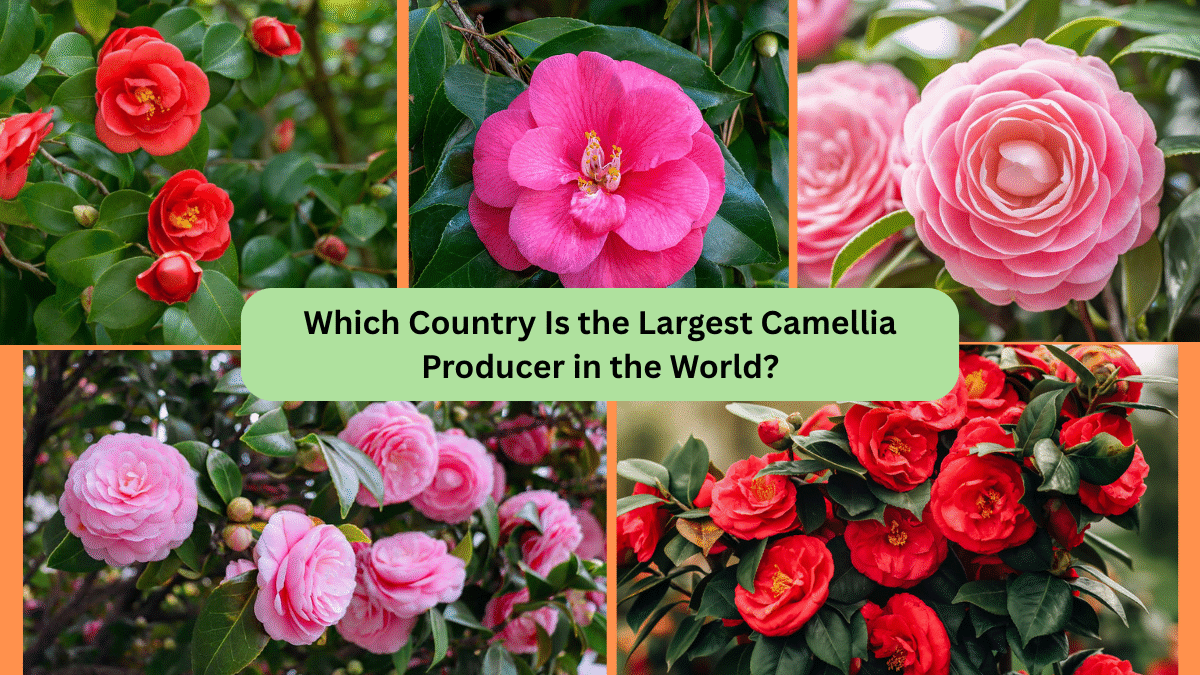



Leave A Comment